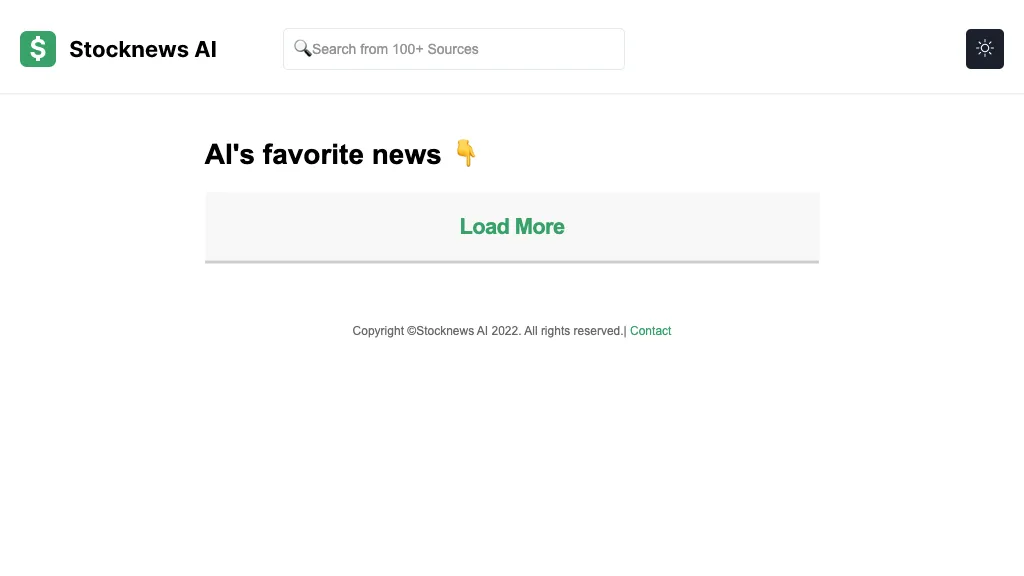20 Excellent Info To Deciding On AI Stock Predictions Analysis Websites
20 Excellent Info To Deciding On AI Stock Predictions Analysis Websites
Blog Article
Top 10 Tips When Evaluating The Cost And Price For Ai Stock-Predicting/Analyzing Platforms
Examining the price and cost of AI software for predicting and analyzing stocks is vital to ensure you are getting the most value for your money and avoid hidden charges or unexpected costs. Prices vary widely which is why it's essential to know what you're getting value for your money. Here are 10 top tips for evaluating pricing and cost.
1. Know the Pricing Model
Subscription-based : Find out if there is a monthly or an annual charge and what features are included in each level.
Pay-per Use: Verify whether the platform charges on usage (e.g. quantity of trades completed and data requests made, or forecasts).
Freemium model: Check if there is a free version with a limited number of features, and a premium version that includes premium features.
2. Compare Pricing Tiers
Examining the features that are included in each price tier (e.g. basic professional, professional, or enterprise).
Scalability. You must ensure that you have the right pricing to meet your requirements.
Upgrade flexibility - Look for any easy ways to upgrade your plan or downgrade it if your needs be changing.
3. Evaluate Hidden Costs
Data charges. Check if the platform charges fees to access premium data.
Brokerage fees: Check whether there are any additional charges for the platform to integrate with brokers or trades.
API use. Assess if extra charges are incurred due to API access, or for frequent API use.
4. Demos and Free Trials
Trial period: Select platforms that allow you to test out the features of their platform prior to making a commitment.
The trial's limitations: Check if the trial includes all features or if it has limitations in terms of functionality.
There is no commitment option: If you don't like the platform, you can end the subscription at no cost.
5. Be sure to check for discounts and promotions.
Annual discounts: Check whether your platform provides discounts on subscriptions that are paid annually, compared with plans paid on a monthly basis.
Referral programs: Check if the platform provides discounts or credits for referring other users.
Ask about institutional pricing when you belong to a large organization.
6. How do you assess return on Investment (ROI).
Cost in relation to. value: Consider whether the capabilities and features of the platform justifies the cost. For instance, does it aid you in making a better decisions in trading or help you reduce time.
Performance track record: Research the platform's success rate or user testimonials to gauge its potential ROI.
Alternative costs: Compare the platform's cost to the potential cost of not making use of it (e.g. missed opportunities, analysis time manually).
7. Review Cancellation and Refund Policies
Terms of cancellation: Make sure that you're able to make a cancellation without hidden costs or penalties.
Refund Policy: Find out that your service permits you to receive the amount back if the subscriptions is not utilized.
Auto-renewal. Check whether the platform automatically renews your account. If so then you'll have to figure out how to unsubscribe.
8. Price transparency is important
Clear pricing: Make sure that the platform's pricing is clearly stated and has no hidden charges.
Customer Support If you have any questions about prices and costs, contact customer service.
Contract terms: Go through the terms of service to understand any long-term commitments or penalties.
9. Compare yourself with your competitors
Check out the features and prices on various platforms to find the most competitive price.
User reviews: Research the feedback of users to see whether other users think the platform is worth the cost.
Check the market positioning of the platform. Does it match your requirements?
10. Assess Long-Term Costs
Price increases: Find out if there is a pattern of price increases and the frequency at which they occur. often they occur.
Additions to features: Check whether you have new features in your current plan, or require an upgrade.
Scalability costs - Make sure that the price of the platform remains affordable even as your data or trading requirements increase.
Bonus Tips
Try out different platforms. You can test multiple platforms for free and evaluate them.
Negotiate the price: If are frequent users or member of a large company Ask for discounts or special pricing.
Find educational resources on the internet There are some platforms that offer tools or resources for education that are free that can add value beyond their primary features.
Follow these tips and you'll be able to assess the cost, pricing, and characteristics of AI platform for trading stocks. A balanced platform can give you the best of both worlds in terms of affordability and functional. Check out the recommended next page about ai investment app for website tips including ai trading, ai trading tools, market ai, options ai, ai for investing, ai stock market, ai stock trading app, ai for investment, ai for investment, trading with ai and more.
Top 10 Tips To Evaluate The Scalability Of Ai Stock Predicting/Analyzing Trading Platforms
To ensure AI-driven stock trading and prediction platforms can be scaled and scalable, they need to be able to cope with the growing amount of data and the complexity in markets, in addition to the demands of users. These are the top 10 suggestions to evaluate scalability.
1. Evaluate Data Handling Capacity
TIP: Find out if the platform can analyse and process large data sets (e.g., historical stock data, live market feeds, and alternative data like news or social media).
Why is that? Scalable platforms must be able to handle the growing data volumes with no performance loss.
2. Test real-time processing capabilities
Tips: Check how the platform handles real-time data streams, such as live stock prices, or breaking news.
Reason: Trading decisions are made in real-time and delays can lead traders to miss out on opportunities.
3. Check for Cloud Infrastructure and Elasticity
Tip. Check if the platform uses cloud-based infrastructure, such as AWS, Google Cloud and Azure which are able to expand resources according to demand.
Why: Cloud platforms are elastic and can be scaled up and down in response to the requirements.
4. Assess Algorithm Efficiency
Tips: Examine the computational efficacy of AI models (e.g., deep learning or reinforcement learning) used for predictions.
Reason: Complex algorithmic structures can consume a lot of resources. Optimising them is the key to scaling.
5. Examine Parallel and Distributed Computing
TIP: Find out if the platform leverages distributed computing or parallel processing frameworks (e.g., Apache Spark, Hadoop).
What are they: These technologies facilitate more efficient data processing and analysis across multiple nodes.
Examine API Integration and Interoperability
Tip : Make sure the platform can integrate with other APIs, such as market data providers and brokerage APIs.
Why? Seamless integration allows the platform to be adapted to new trading environments and data sources.
7. Analyze User Load Handling
Tip: Simulate large user traffic to test how the platform performs under pressure.
The reason: Scalable platforms must deliver the same quality of service regardless of how many users are there.
8. Assess the effectiveness of Model Retraining and Adaptability
Tip: Determine how frequently and effectively the AI models have been trained by using fresh data.
The reason is that markets change constantly, it is important to ensure that models are up-to-date.
9. Check for Fault tolerance and redundancy
Tips. Make sure your platform is equipped with failover systems and redundancy in case of hardware or software failures.
Why? Downtime in trading can be costly, so fault tolerence is important for the scalability.
10. Monitor Cost Efficiency
Tips: Calculate the cost of expanding your platform. Incorporate cloud resources, data storage and computational power.
Why: Scalability should not result in an unsustainable price So balancing performance and expense is critical.
Bonus Tip: Future-Proofing
Ensure the platform is constructed to integrate new technologies (e.g. quantum computing and advanced NLP) and to adapt to changes in the regulatory environment.
By focusing on these factors it is possible to evaluate the scalability of AI stock prediction and trading platforms, making sure they're robust, effective and ready for the future expansion. Check out the most popular best ai stock prediction advice for blog recommendations including best ai trading platform, stock predictor, best stock prediction website, best ai stocks to buy now, ai options trading, ai stock analysis, free ai stock picker, stock predictor, ai in stock market, ai stock trader and more.